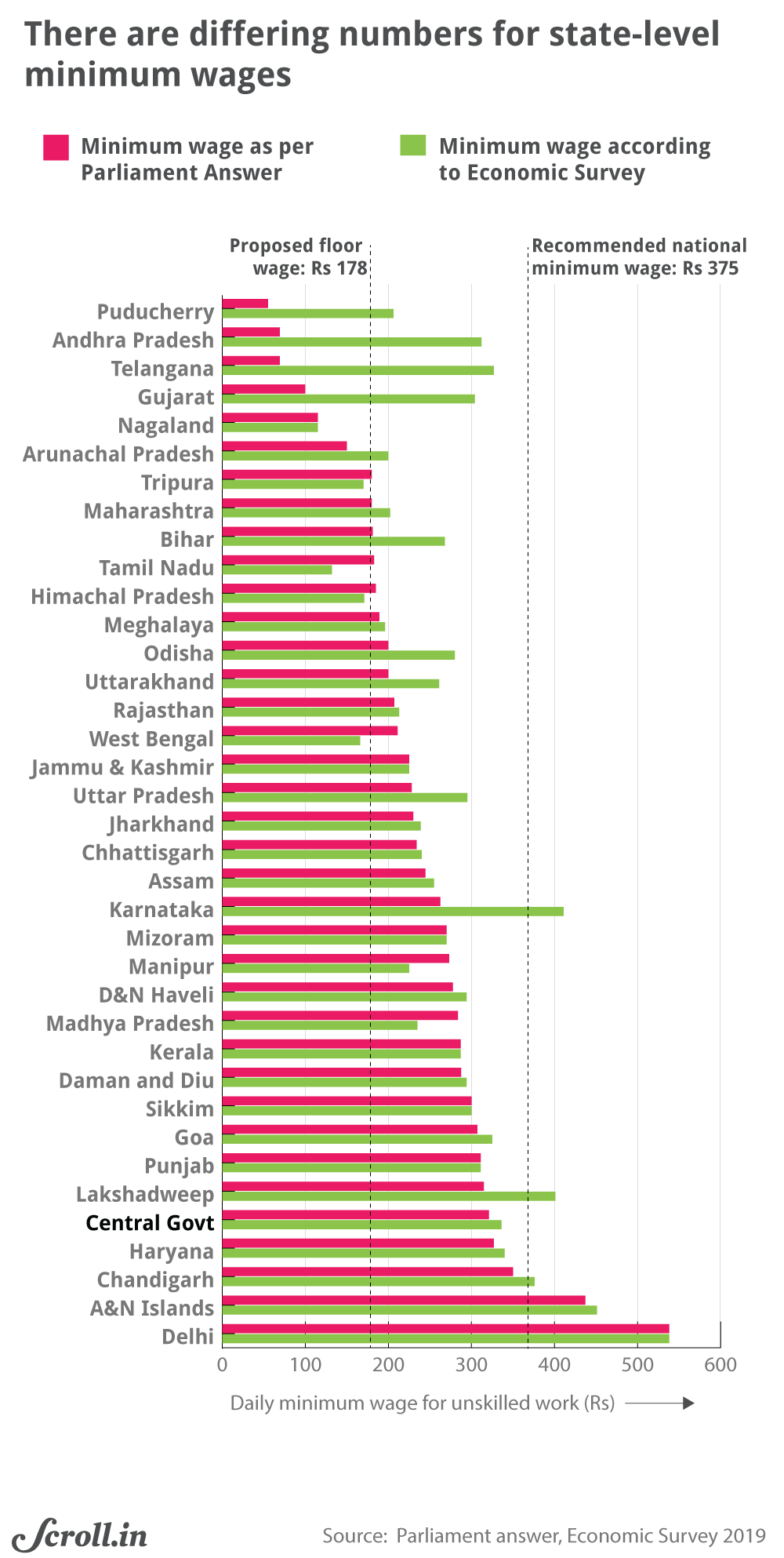Free Courses Sale ends Soon, Get It Now


Free Courses Sale ends Soon, Get It Now


Daily Editorial Analysis
Editorial Analysis based on “India should raise minimum wages or adopt a living wage approach” which was published in The Mint.
Introduction:
Minimum wages:
ILO convention on minimum wages:
Need For Reforming minimum wages:

|
How is the minimum wage calculated in India? ●India uses a complex method of setting minimum wages that defines nearly 2,000 different types of jobs for unskilled workers and over 400 categories of employment, with a minimum daily wage for each type of job. The monthly minimum wage calculation includes: ●The variable dearness allowance (VDA) component, which accounts for inflationary trends, that is, the increase or decrease in the Consumer Price Index (CPI), and ●Where applicable, the house rent allowance (HRA). |
How is the minimum wage regulated?
Why India has no national minimum wage
Read about the new labour codes in India here:
https://www.iasgyan.in/daily-current-affairs/new-labour-codes-47
© 2024 iasgyan. All right reserved